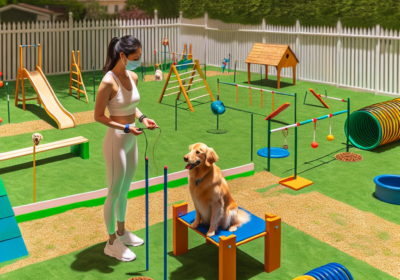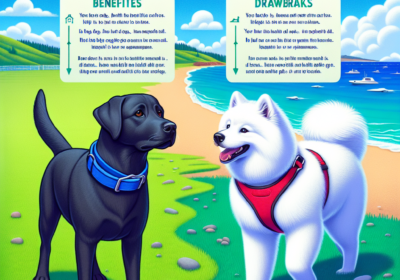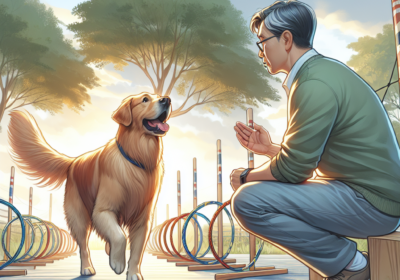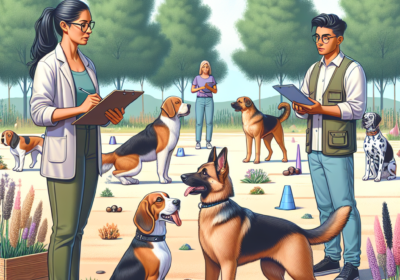How Much Grooming Does a Dog Require and What is the Best Way to Groom Your Pet?
The frequency of grooming depends on a number of factors, including your dog’s coat type, length and lifestyle. Ask your veterinarian and groomer for a recommendation.
Regular brushing is the best way to keep your dog’s coat in good condition and to prevent tangles from forming. Use a brush that’s appropriate for your pet’s coat texture and length, such as a slicker or pin brush, or a rubber curry comb.
Brushing
The answer to how much grooming a dog requires depends on the breed, how often they are walked outside and their own personal preferences. But in general, most dogs need to be brushed, bathed and nails clipped at least once a week.
Brushing helps remove dead hair, dirt and debris from their coats, reduces shedding, and stimulates the production of oils that give their coats a healthy shine. It can also help prevent matts and tangles, which can be painful for your dog to deal with.
Some people may think that brushing their dog is a waste of time, but it’s actually a very important part of your dog’s grooming routine. It can help to get rid of dandruff and dead hair, it can help prevent matts and tangles, and it can also give your dog a great chance to bond with you as well.
Depending on your dog’s hair type, you should use the right type of comb or brush to keep their coat looking good and healthy. Ask your vet or groomer to recommend a comb that will be best for your pet.
If your dog’s hair is especially thick, you might want to use a rounded-end pin brush instead of a flat-ended comb, says Joshua Morales, master groomer and director of the Animal Behavior Center in Los Angeles. The rounded-end brushes are less likely to irritate their skin and are easier to clean between tangles, he says.
It’s a good idea to spritz your dog with waterless shampoo before you brush their coat or comb it, so that their hair can easily slide through the bristles of the comb. This will also make the process of removing tangles and matting a lot easier, says Mitchner.
Once you’ve brushed your dog, it’s important to rinse their coat thoroughly. This will ensure that any soap and shampoo are removed from their coats, and that they are left smelling fresh.
A dog’s ears need cleaning regularly, too. They can be uncomfortable and prone to infections. It’s a good idea to wash them with ear cleaner every couple of weeks or so.
Bathing
Grooming is a very important part of dog ownership and just like with people, grooming your pet requires time and effort. The amount of grooming a dog needs depends on a number of factors, including their breed and hair type, lifestyle and health.
The best way to groom a dog is through regular brushing and bathing. Brushing will remove dead skin and excess fur, and will also help to keep your dog’s coat clean.
Depending on your dog’s breed, they may need to be brushed or combed a few times a week or a few times a month to maintain their coat. Long-haired dogs can require daily brushing to prevent tangles and matting of their coat, while short-haired dogs might only need to be brushed once or twice a month.
When bathing a dog, use a shampoo specifically designed for dogs and don’t use human products as these can be too harsh on a dog’s sensitive skin. Test a small patch of your dog’s fur before bathing, to make sure the shampoo doesn’t cause any irritation.
Once the body of your dog is thoroughly wet, massage the shampoo into their fur in a circular motion, starting at their chest and moving outward, down to their tail and feet. Leave it on for a few minutes, then rinse off.
After a good wash, try to gently dry your dog with a towel or cloth. Avoid using a blow dryer on them, as this can cause your dog to overheat and become unwell.
If your dog has ear problems, be careful not to get water in their ears during the bathing process. This can lead to an ear infection and it will be painful for your dog.
Ear cleaning solution (bought at a pet supply store) can be used to wipe out any dirt or wax that is collected in your dog’s ears. This can be done with a cotton round, but don’t apply too much of the solution or it will drip into the ear while you are wiping.
Introducing your dog to their bath equipment gradually, in a positive way is the best way to teach them to be calm and enjoy bathing. Praise them and give them tasty dog food treats during bath time to make the experience easier for you both.
Nail Trimming
How much grooming does a dog require and what is the best way to groom your pet?
Nail trimming is a simple, effective, and low-cost way to keep your dog’s nails in good condition. It keeps them strong and prevents them from breaking off when they catch on something or tearing apart when they step onto hard surfaces.
However, nail trims can be painful and even traumatic for dogs, so it’s important to make them as painless as possible. This includes giving them plenty of time and praising them while you trim their nails, as well as lavishing them with treats afterward.
Most dogs do well with nail trims, but if yours shows signs of fear or anxiety, like excessive drooling, panting, growling or snapping, it may be worth asking your veterinarian for some medication to help reduce their stress or sedation, says Shawna Garner, DVM, US Lead Veterinarian at on-demand video consultation platform FirstVet. It will make the procedure easier for you and your pet, and will be less stressful for your veterinarian.
Depending on the type of nail trimmer you use, it’s best to cut the nails a little bit at a time instead of all at once, suggests Elizabeth Oliver, DVM, veterinarian at animal rescue group, Doggies of New York. She also advises trimming overgrown nails slowly to allow the blood vessels inside of them to retract. This allows them to stay short without cutting the quick, which is the vein that supplies blood to the nail and causes bleeding when cut.
For overgrown nails, Oliver recommends using a clipper that is sized to the size of your dog’s nails. She also recommends avoiding sharp, pointy clippers, which can hurt your dog’s nails.
If you’re unsure of how to trim your dog’s nails, ask your veterinarian or groomer for a lesson. They’ll be able to show you how to do it safely and efficiently.
In addition to having a pet nail clipper, it’s a good idea to have some clotting powder on hand, such as styptic powder or ClotIt. This is to stop the bleeding if your dog’s nails bleed during the process of trimming their nails.
Teeth Cleaning
You should get your dog’s teeth cleaned at least once a year. This is a preventative measure to reduce the risk of serious issues like dental disease, pain and tooth loss.
You can also brush your pup’s teeth at home to keep them clean and free from bacteria. The key is to gradually build up your pup’s trust in the process. Start with a finger toothbrush and small amounts of toothpaste to brush only the teeth that are accessible, then move up in size over time.
Using human toothpaste can be dangerous for dogs, so be sure to use dog-friendly toothpaste that contains no xylitol or other ingredients toxic to them. Try to use a soft-bristled toothbrush and finger brushes for the best results.
Your vet may recommend professional cleanings in between brushing at home to keep your pet’s teeth and gums in good condition. This is especially important if your dog is prone to tooth decay or gum disease.
Many breeds are predisposed to developing dental problems, so it’s critical that you start your dog’s dental care at a young age and take them to the vet regularly for checkups and cleanings. This is a cost-effective way to avoid dental problems and expensive procedures down the road.
The cost of dental cleanings will vary, depending on the veterinarian you choose and how much work is needed. Veterinary dentists typically charge more, due to their advanced training, equipment and anesthesia. Typically, the average price for a dental cleaning is around $300-$700, which includes the examination and professional cleaning.
While a professional teeth cleaning is not cheap, it’s an essential part of keeping your dog’s mouth in great shape. The process involves scaling and polishing your dog’s teeth to remove plaque and tartar from the surface of their teeth and underneath their gum line.
A dental cleaning is also a good time for your veterinarian to examine your dog’s teeth and look for any signs of oral pain, tooth loss or disease, such as gingivitis and periodontal disease. They can also detect other problems like bad breath and reduced appetite.







![The Dog Podcast Uncovers Startling Truths About What We Feed Our Dogs [Press Release]](https://yourhomeandgardenhub.com.au/wp-content/uploads/2024/08/dog-bowl-400x280.webp)


